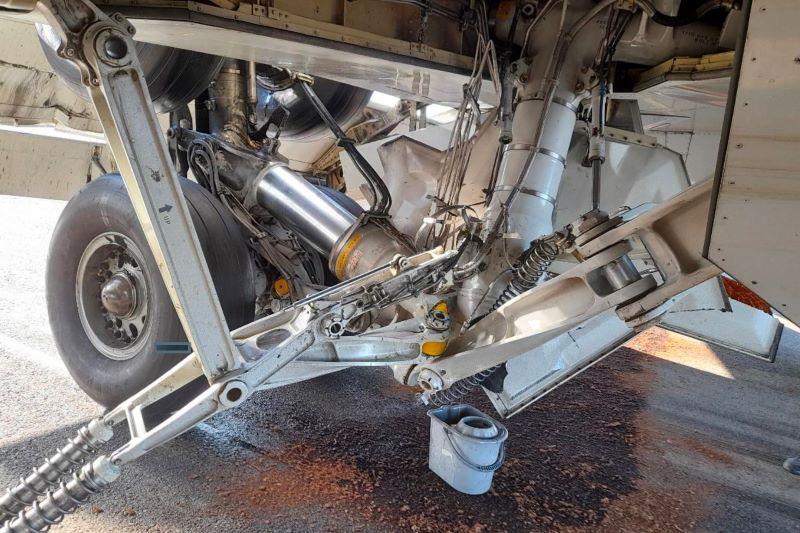
Credit: SIAA Romania
The FAA will mandate maintenance records checks on several Boeing aircraft types to flag and remove more than 300 improperly repaired main landing gear (MLG) assemblies after the issue was linked to a 767 gear collapse in 2020. In a notice of proposed rulemaking (NPRM) issued June 20, the FAA said...
Subscription Required
Faulty MRO Process Prompts Landing Gear Checks is published in Aviation Daily, an Aviation Week Intelligence Network (AWIN) Market Briefing and is included with your AWIN membership.
Already a member of AWIN or subscribe to Aviation Daily through your company? Login with your existing email and password
Not a member? Learn how to access the market intelligence and data you need to stay abreast of what's happening in the air transport community.





